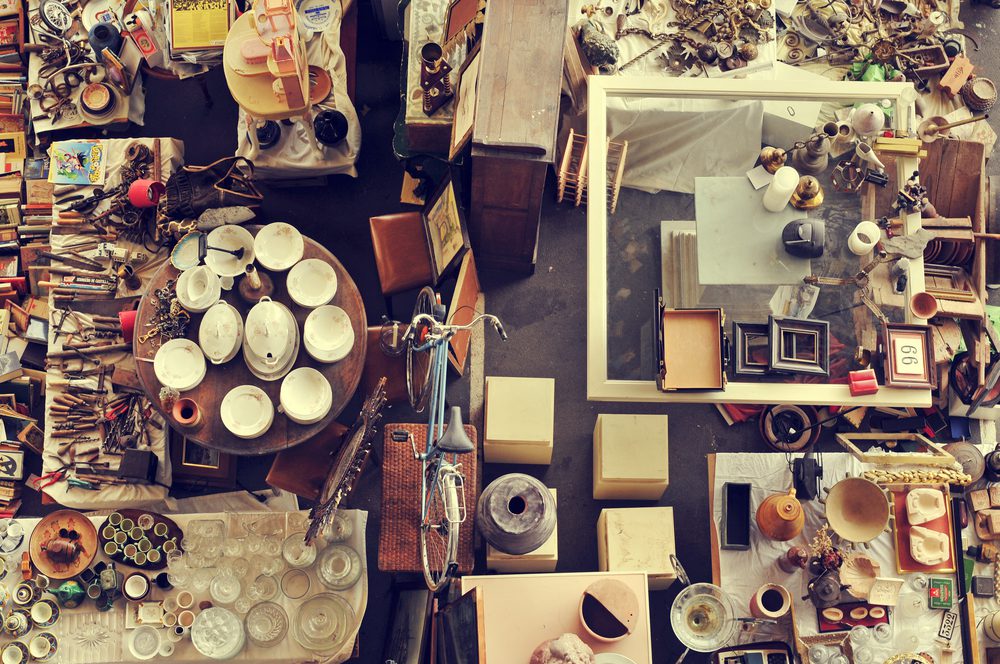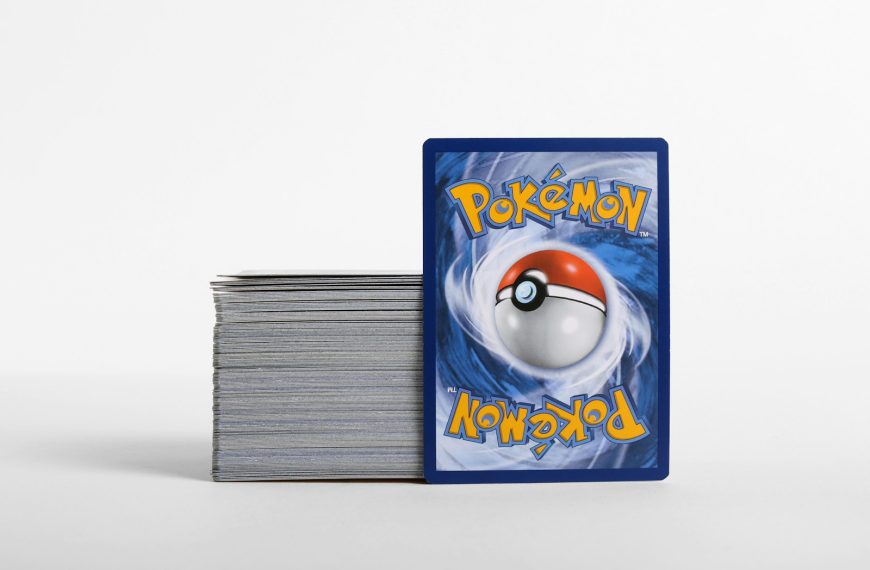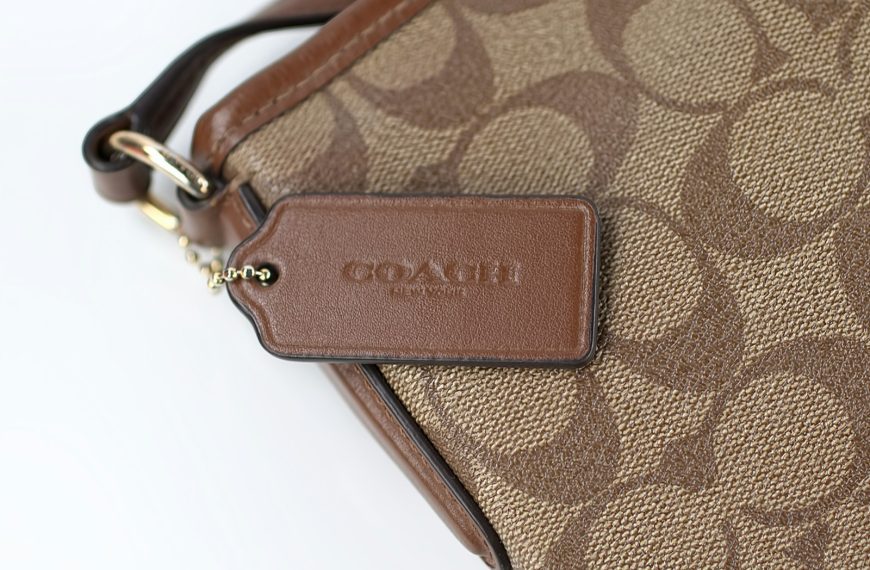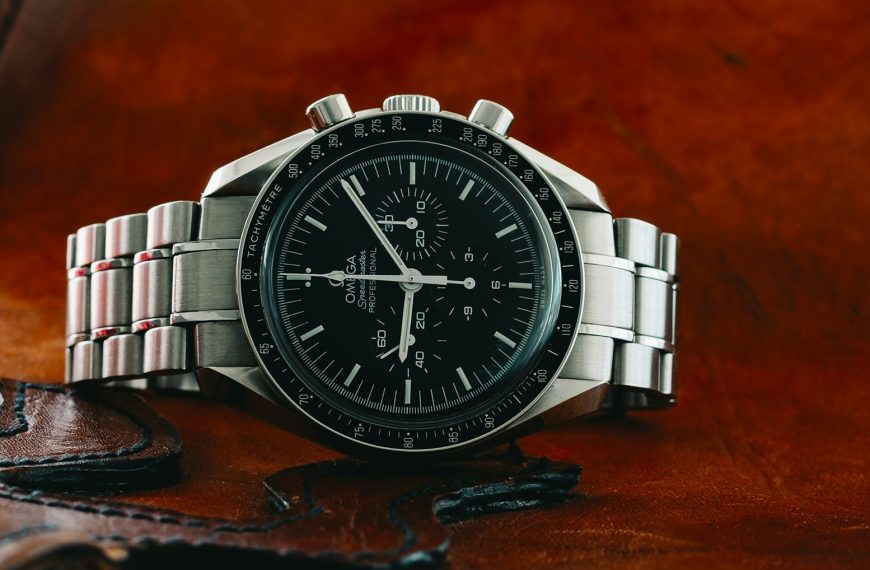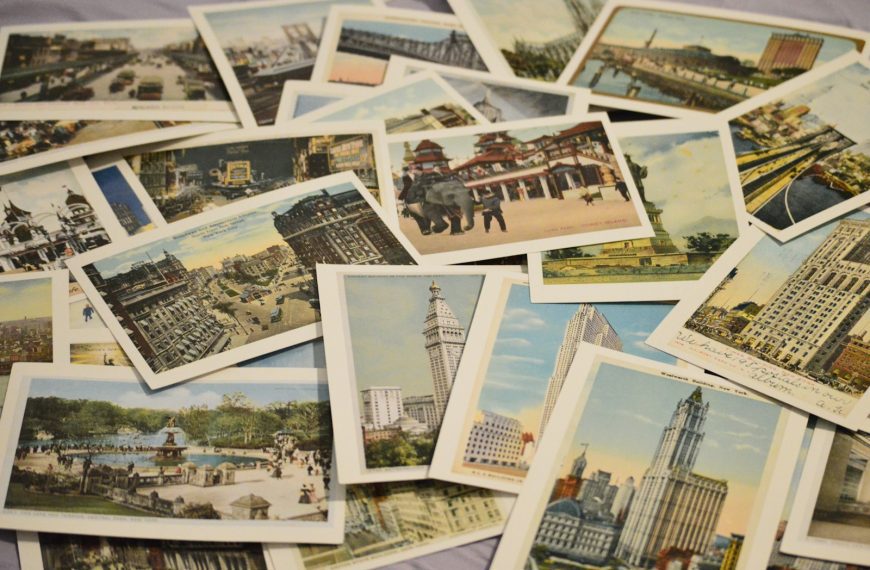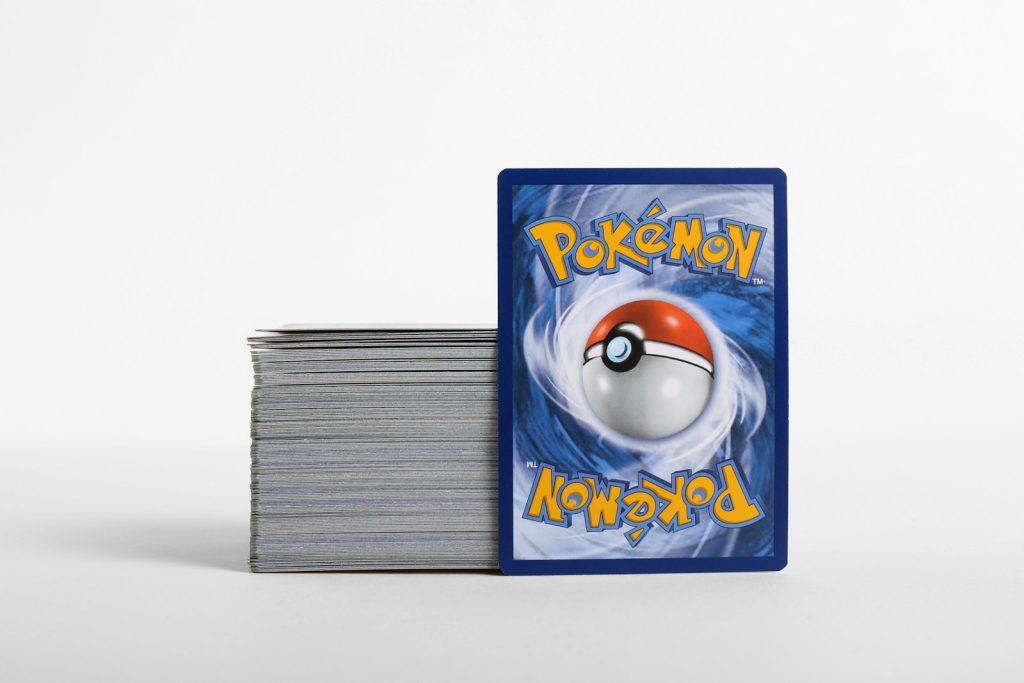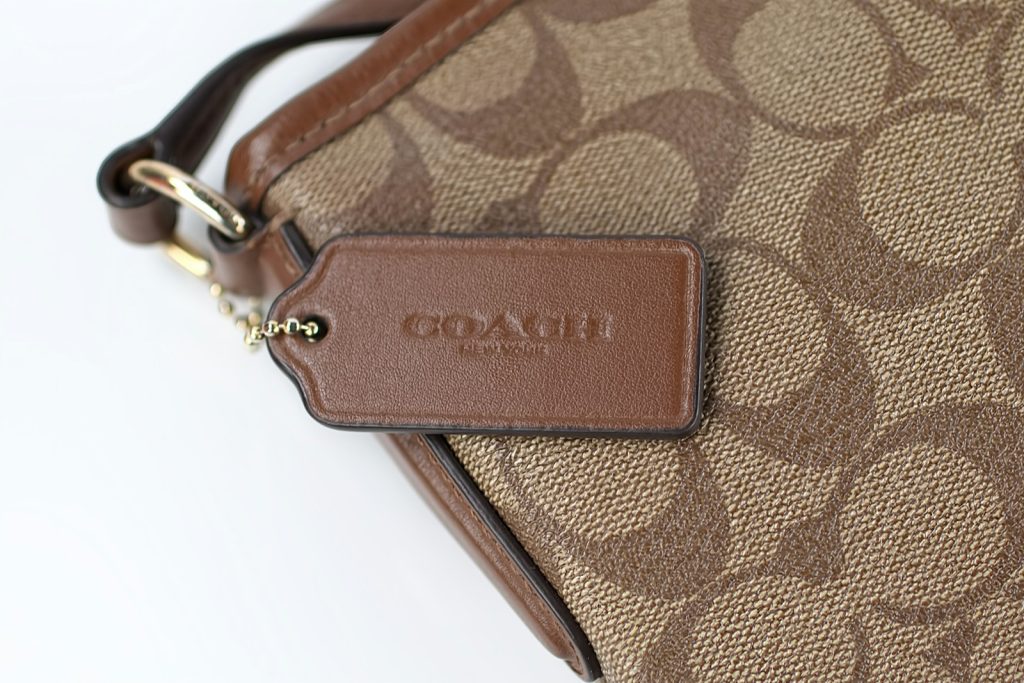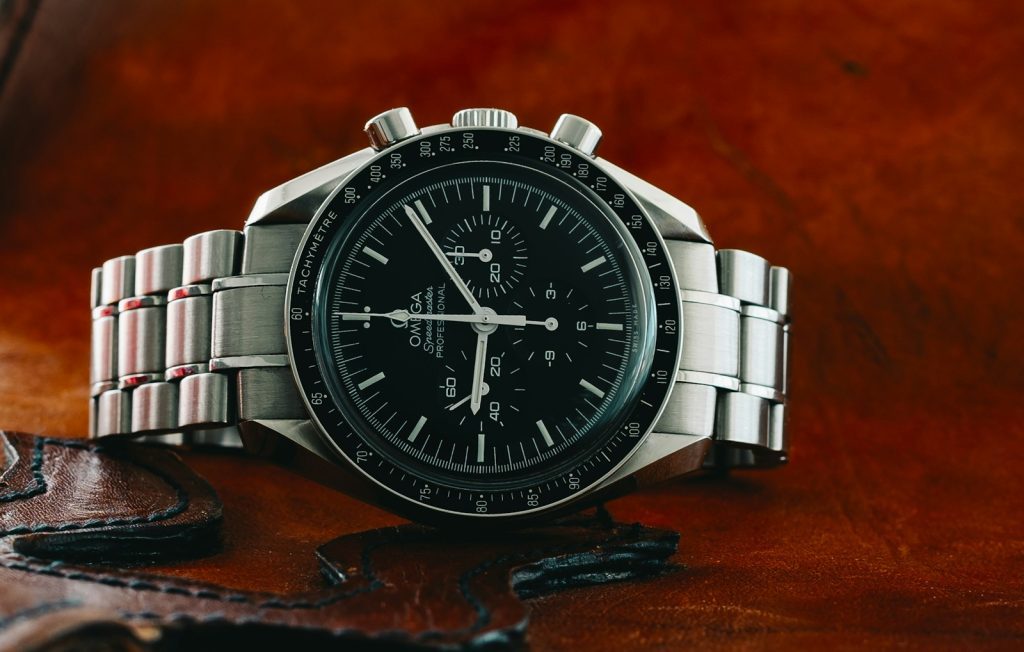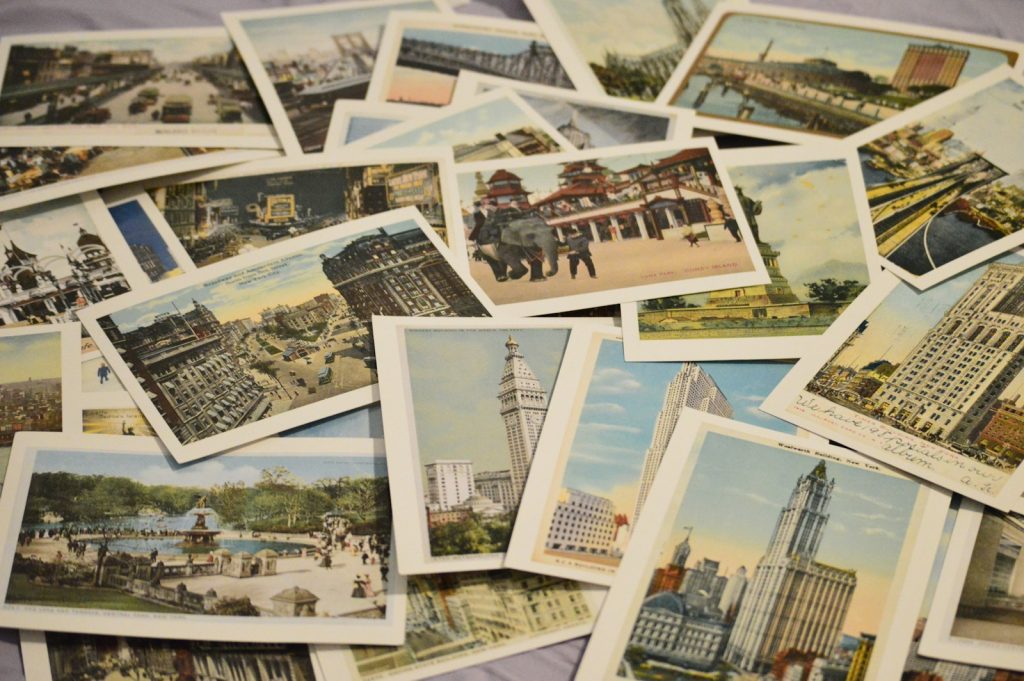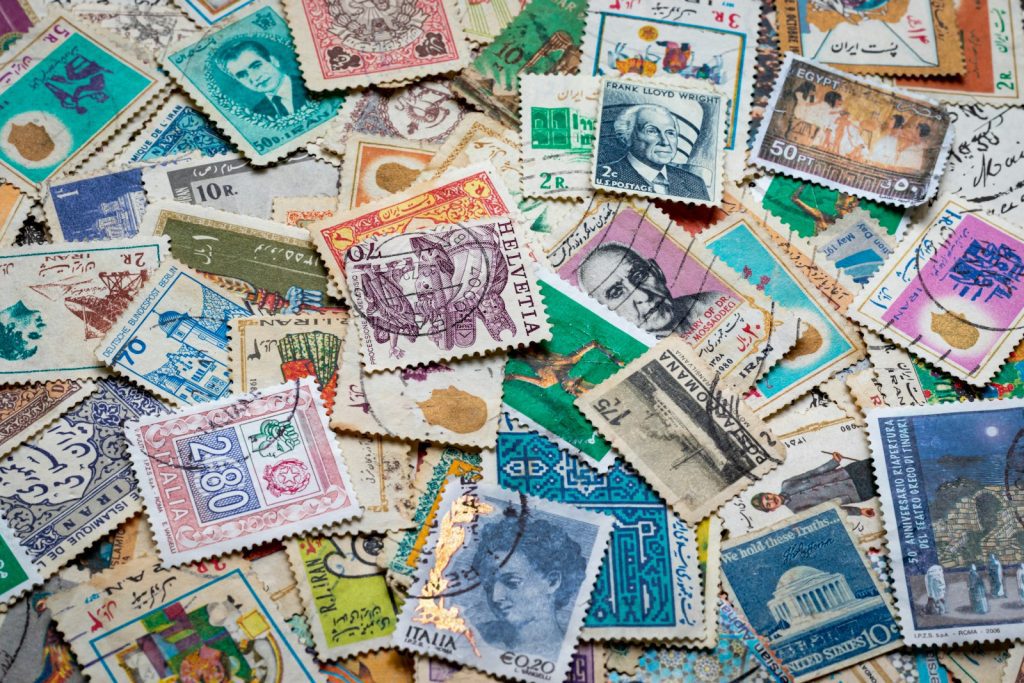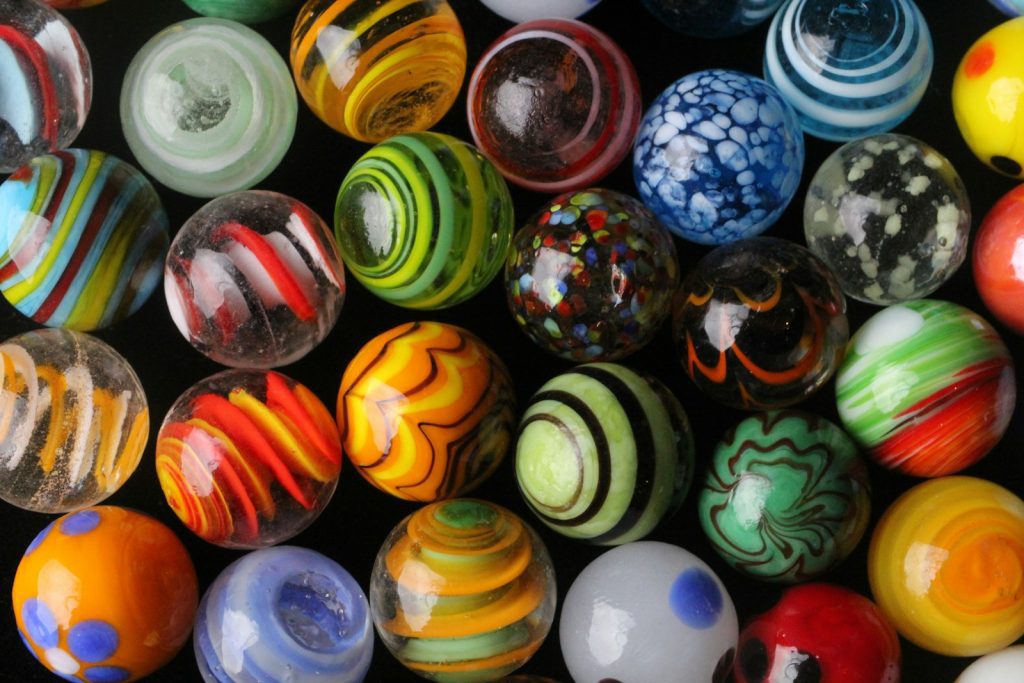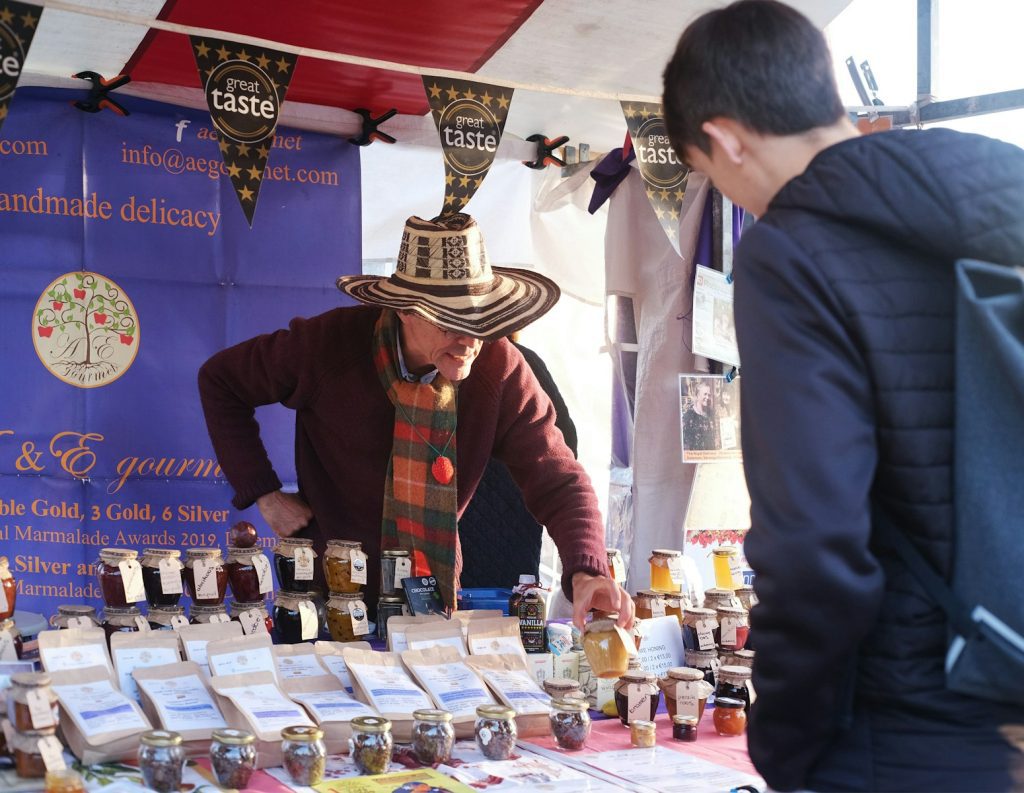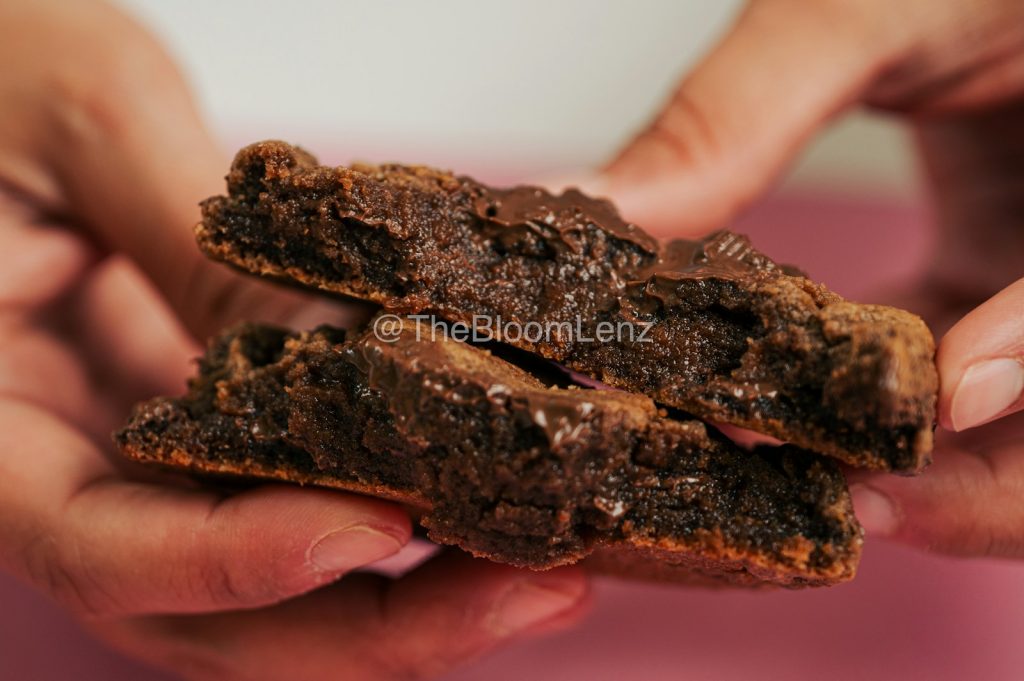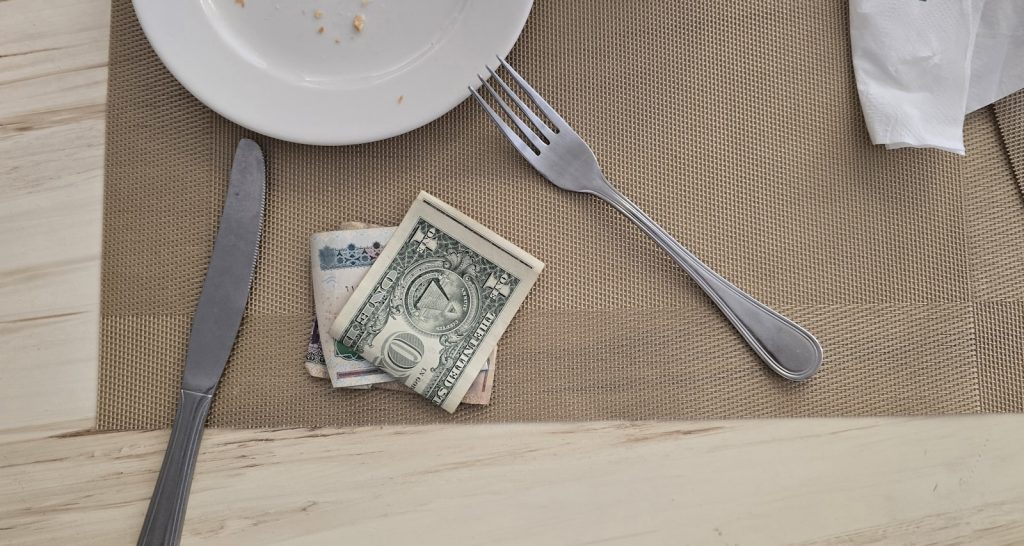Hunting for vintage can be a thrill—until you bring home a “score” that turns out to be worn out, overpriced, or not what it seems. The smartest buyers know that age alone doesn’t equal value; condition, authenticity, and provenance do.
This quick guide flags the most common deal-breakers—excessive wear, reproductions, inflated pricing, shaky provenance, missing maker’s marks, bad restorations, out-of-favor styles, unknown or faked labels, and undisclosed modifications—so you can spot trouble fast and focus your budget on the pieces worth keeping.
Excessive Wear and Tear
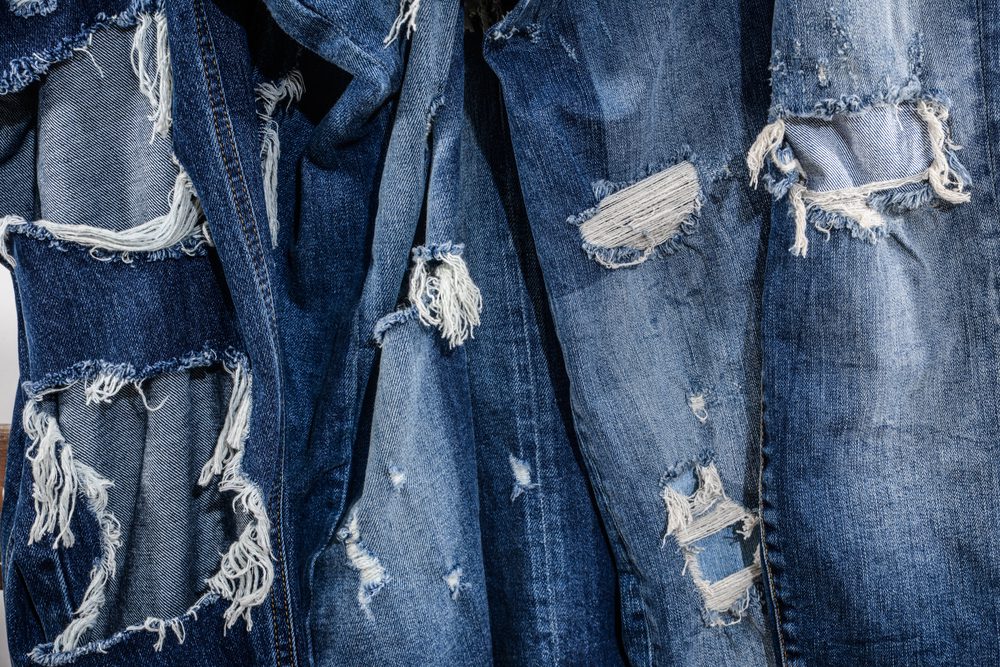
While some wear is normal in vintage items, excessive wear and tear can be a red flag. It’s common for vintage buyers to overlook this factor, as they may be drawn in by the item’s age and perceived value. However, significant damage can significantly reduce the item’s lifespan and value.
With the rising trend of sustainability in fashion and decor, the demand for good quality vintage items is high. But, it’s crucial to balance the item’s age with its condition. An excessively worn item may not hold up well over time, leading to a poor investment.
Reproductions
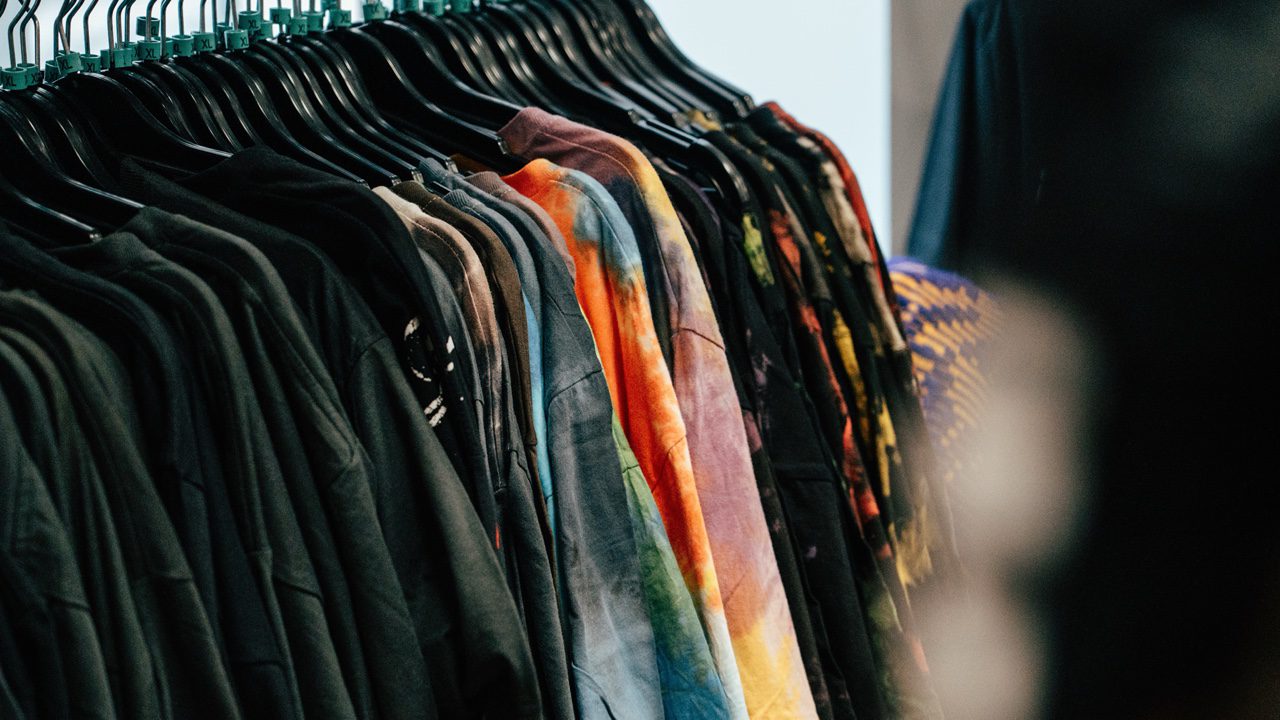
Reproductions can be a significant concern when buying vintage. Sometimes, people knowingly keep reproductions, considering them a cheaper alternative to the real thing. However, others may mistakenly buy these items, thinking they are original.
Given the current boom in the vintage market, reproductions have become more prevalent. It’s essential to know the difference between an original and a replica to ensure you’re getting your money’s worth.
Overpricing
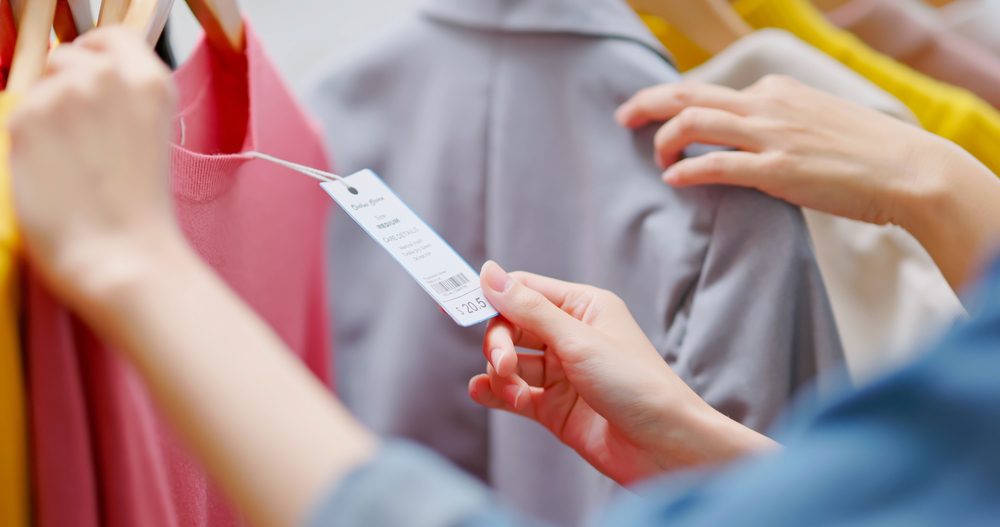
Just because an item is old doesn’t necessarily mean it’s valuable. Overpricing is a common issue in the vintage market, with many sellers inflating prices based on perceived rarity or demand. Overpricing can lead buyers to make poor investments, believing they are purchasing something more valuable than it is.
As the vintage market continues to grow, understanding the true value of items becomes even more crucial. Overpricing is a red flag that could indicate a seller’s lack of knowledge or intent to deceive. For clear guidance on values and contexts, see PBS’s “Understanding Our Appraisals”.
Unverified Provenance

Provenance, or the item’s history, can add value to a vintage item. However, unverified provenance can be a red flag. Sellers often provide a story about the item’s history to increase its perceived value, but without verification, these stories may be false.
As vintage items become increasingly popular, provenance plays a significant role in determining value. An item with a proven history can be worth more than a similar item without such history. Therefore, it’s essential to verify the provenance, as outlined by The Met’s Provenance Research Resources.
Missing Marks or Signatures

Many vintage items, especially jewelry and ceramics, bear maker’s marks or signatures. These marks help identify the item’s origin and age, and their absence can be a red flag. Buyers often overlook such marks, but they can be crucial in determining an item’s authenticity and value.
As the market for vintage items expands, understanding these marks becomes increasingly important. They provide essential information about the item and can help distinguish genuine pieces from reproductions. You can learn more about identifying marks using the Online Encyclopedia of Silver Marks & Hallmarks.
Poor Restoration

Restoration can bring a vintage item back to life, but poor restoration can severely damage it. Often, buyers are attracted to restored items, believing they are in better condition. However, improper restoration can devalue the item and, in some cases, make it unusable.
The trend of restoring vintage items is increasing, making it more important than ever to understand what constitutes good restoration. Poor restoration not only affects the value of an item but also its lifespan. For museum-grade perspective on best practices, see the National Gallery (UK) page on Caring for the Paintings.
Out of Style
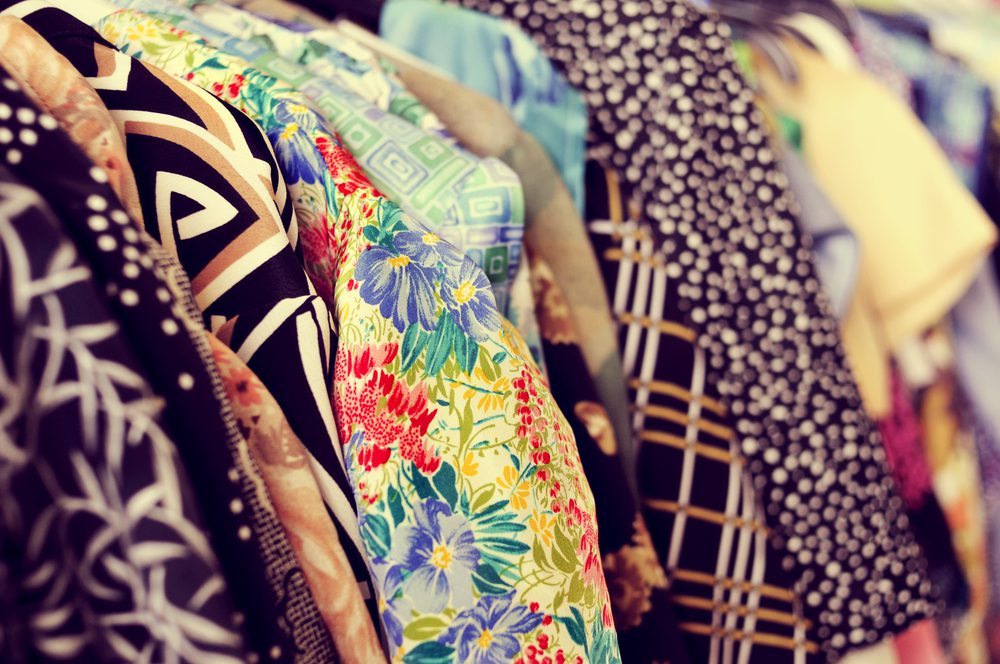
Not all vintage items are in demand. Some styles simply fall out of favor and lose their appeal. While these items may be interesting from a historical perspective, their resale value may be low.
The vintage market is all about trends. What’s popular today might not be tomorrow. Keeping an eye on current trends can prevent you from investing in items that will be hard to resell. Track what’s in and what’s fading on ELLE DECOR’s Trends hub.
Unknown Brands

Brand recognition plays a significant role in the vintage market. Items from well-known brands generally hold their value better than those from unknown brands. However, many buyers overlook this factor, focusing more on the item’s age or style.
As the vintage market grows, brand recognition becomes increasingly important. Well-known brands provide a level of assurance about an item’s quality and durability. For fashion and accessories, consult the Vintage Fashion Guild Label Resource.
Fake Labels

Fake labels are a common problem in the vintage market, especially in clothing and accessories. Sellers may attach counterfeit labels to items to pass them off as more expensive or desirable brands. Often, buyers are unaware of these tactics and end up paying more for a less valuable item.
Given the rise in popularity of vintage brands, the incidence of fake labels has also increased. Identifying fake labels is crucial to ensure you’re getting what you pay for.
Undisclosed Modifications
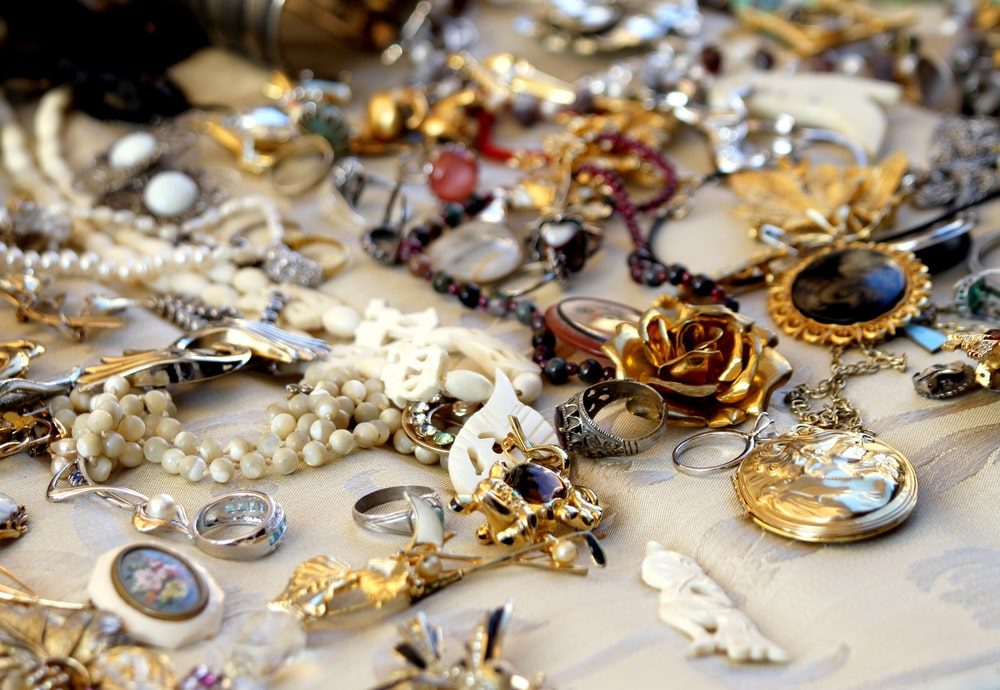
Modifications can significantly impact a vintage item’s value. Whether it’s a replaced part on a vintage car or a resized vintage ring, modifications can often devalue an item. However, many sellers fail to disclose these changes, leading buyers to believe they’re purchasing an original item.
With the growing interest in vintage items, understanding the implications of modifications is crucial. Undisclosed modifications can result in a lower-than-expected resale value.

